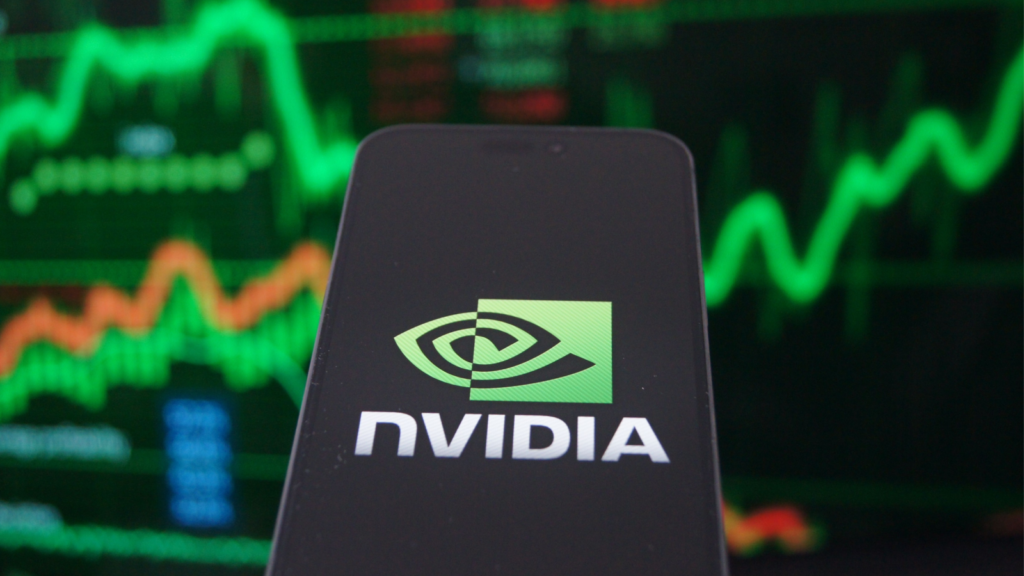This year has certainly proved itself as a breakthrough year for artificial intelligence. The release of consumer-facing products, such as ChatGPT, have changed the game.
Now, it seems like every company with the ability to use AI is looking to improve its efficiency. For the behind-the-scenes chip makers like Nvidia (NASDAQ:NVDA), it’s expected that a majority of the spoils will be headed in this direction. That is, at least until competition for high-performance GPUs and AI software picks up.
Remarkably, NVDA stock has soared 213% in 2023. The company has pivoted to generative AI due to increased demand, reversing previous losses tied to the decline of the PC market. Now, investors question if Nvidia’s high valuation makes sense, considering the doubling of the company’s revenue expected this year alone to $54 billion.
Assessing future opportunities and challenges is crucial. Let’s discuss more of the nuances of NVDA.
AI Hype At Its Peak
Nvidia’s Q2 2024 results showcased impressive growth. Specifically, its data center segment spiked with a 101% year-over-year (YOY) revenue increase. However, the stock remained largely unchanged despite these strong figures, dropping 3%.
Nvidia’s recent stock dip indicates that its AI growth prospects might be leveling off. It’s a crucial period for the company to maintain its earnings momentum. Competitors like AMD (NASDAQ:AMD) and Intel (NASDAQ:INTC) aim to challenge Nvidia’s AI leadership in 2024.
Also, the company’s AI hardware demand remains strong. It plans to triple H100 AI processor production to 1.5 million units in 2024, indicating solid future sales. These limited supply, high-powered chips are being sold at high prices, with some pricing over $40,000 on platforms like Amazon and eBay.
Nvidia’s high-priced cards make it a top AI stock. With a net profit of $6.7 billion in the last quarter (up from $2.7 billion), the stock has gained 211% this year.
Bearish Sentiment Could Build
Nvidia’s substantial profits result from AI chip dominance, but competition could slow its growth and impact its high valuation. The company’s expected Q3 revenue of $16 billion this coming quarter represents a growth rate of 18% versus the previous quarter’s 88%.
Concerns of slowing growth have impacted Nvidia’s stock performance. Despite tripling this year, NVDA stock is up only 7% in the last 3 months. It appears that near-term growth is priced in. Competitor AMD is launching its MI300 chip, aiming to excel in AI with increased memory bandwidth.
OpenAI, Google Cloud, and Amazon Web Services are exploring AI chip development. Nvidia’s stock, with a high forward price-sales and P/E ratio, may prompt some investors to take a more cautious view on the company. Specifically, if some sort of major recession hits and business spending declines, Nvidia is one of those back-end companies that can really feel the near-term pain.
NVDA Stock Still Appears to Be a Buy, But Beware of Risks
If you’re investing in Nvidia or considering doing so within the next 12 months, it’s important to take a fundamental perspective on this stock. At these levels, even the most aggressive fundamental investors would agree amplified risk exists by merely owning this name.
Of course, many investors who are more scared of missing out on the long-term upside of this secular growth trend have reason to own this stock. That’s the type of investor I think should be buying NVDA stock now.
On the date of publication, Chris MacDonald did not have (either directly or indirectly) any positions in the securities mentioned in this article. The opinions expressed in this article are those of the writer, subject to the InvestorPlace.com Publishing Guidelines.
